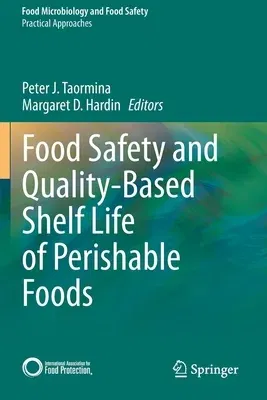This book addresses the shelf life of foods, a key factor in determining
how food is distributed and consequently where and when different food
products are available for consumption. Shelf life is determined by
several factors, including microbiological, chemical, physical, and
organoleptic deterioration. Often these factors are interrelated and
interdependent. The editors of this volume focus specifically on the
microbial factors related to shelf life of perishable foods and food
commodities. This allows for more detailed coverage of foodborne
bacterial pathogens and spoilage microorganisms of concern.
The initial part of the book covers the why and how of shelf life
determination as well as the specific microbial pathogens and spoilage
microorganisms of concern for perishable foods. Contributors address
topics such as the techniques utilized for determination of shelf life,
the frequency of shelf life testing for different products, the
interpretation of data to make shelf life determinations, and management
of shelf life of food products from the perspective of the food
producer, distributor, retailer, and regulator. Three key areas
impacting shelf life are addressed in detail: sanitation, processing,
and packaging. The sanitation chapter explains the necessary components
of cleaning and sanitizing to assure a hygienic processing environment
and why that is critical to shelf life control. Traditional processing
procedures are reviewed and advanced processing technologies are
explored. Materials used in food packaging and the utilization of
traditional and activated food packaging by product type are covered in
detail. The latter two chapters of the book delve into newer techniques
of analysis and explore the microbiome of food products. Implications of
microbial ecology and microbial quantification in food products are
discussed in chapters on genomics and in the changing dogma of meat
shelf life.
The primary audience for this work includes food industry quality and
food safety technicians, managers, directors, and executives responsible
for shelf life. Academicians and governmental researchers involved in
research and teaching about food safety and quality will also find the
material relevant and useful.

